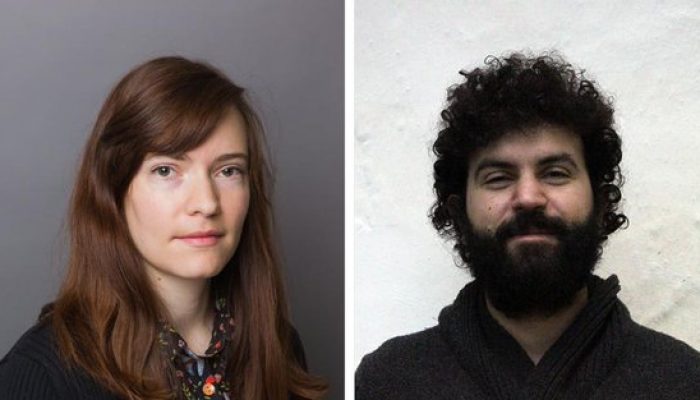You can find the EGU Booth in Hall X2 on the Brown Level. This is the place to come if you’d like to meet members of EGU Council and Committees (Meet EGU) and find out more about EGU activities. Here you can discover the EGU’s 17 open access journals, browse the EGU blogs (GeoLog, the EGU Blog Network and the EGU Division Blogs), catch up on the conference Twitter feed, and more! We will also be g ...[Read More]
Head on over to the EGU Booth!




